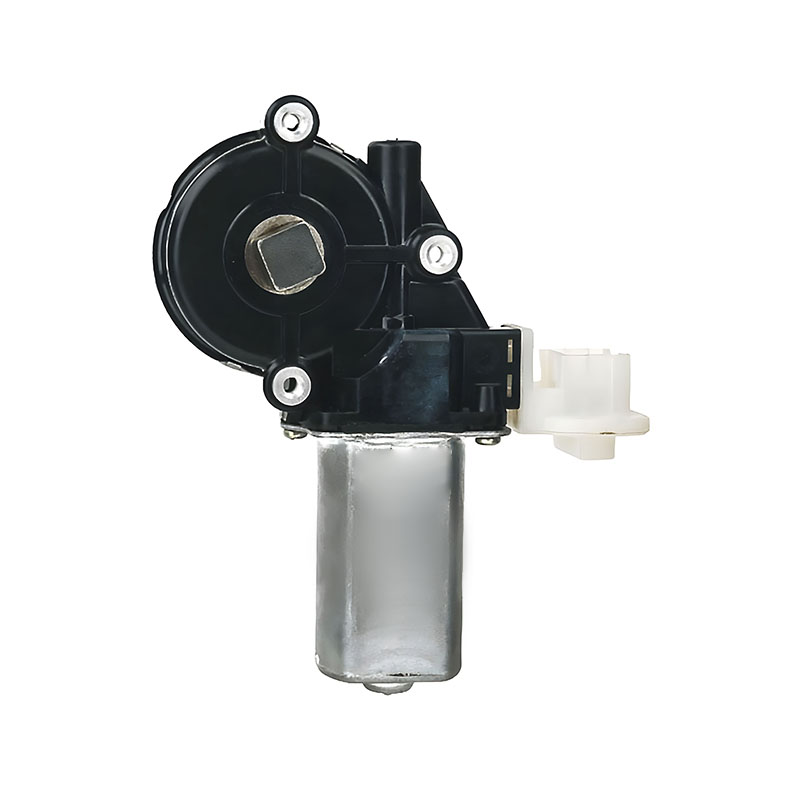Among these components, the seat adjustment motor plays a key role in enhancing the driving and riding experience. With users expecting quieter and smoother operation, recent developments in internal gear systems are offering noticeable improvements—particularly in terms of noise reduction during seat movement.
The integration of an internal gear system within the seat adjustment motor has proven to be an effective method for reducing mechanical noise. By enclosing the gear mechanism and using specialized tooth profiles and materials, engineers can dampen the vibration and friction that commonly generate noise during operation. This becomes especially valuable in trucks, where interior cabin space can amplify mechanical sounds due to more rigid structural design. A quieter seat adjustment motor not only contributes to a more comfortable environment but also aligns with growing consumer demand for refined cabin acoustics.
At the same time, trucks are increasingly being equipped with more advanced convenience features, including power-operated windows. The truck window motor, similar in concept to the seat adjustment motor, benefits from similar internal gear enhancements. Many manufacturers have begun applying shared gear design principles across both types of motors, allowing for more unified production processes and consistent performance. The smoother motion of the truck window motor, especially when paired with a quiet seat adjustment motor, results in a more refined overall vehicle interior experience.

Noise levels generated by traditional gear systems often stem from backlash between gear teeth, abrupt directional changes, and inconsistencies in torque delivery. By redesigning the internal layout of the seat adjustment motor, with improved gear meshing and controlled tolerances, these issues are significantly reduced. The internal gear system distributes load more evenly, lowers sudden torque spikes, and maintains a steady rotation pattern even under variable pressure. This results in a smoother seat adjustment process with less abrupt starts and stops.
Truck drivers, in particular, spend extended periods behind the wheel and often adjust their seating positions frequently throughout the day. For this reason, the comfort and acoustic performance of the seat adjustment motor become particularly relevant. Frequent use also means wear and tear, making durability a necessary companion to quiet operation. Internal gear systems are generally more enclosed and protected from external contaminants, contributing to the extended life of both seat adjustment motor and truck window motor systems.
In addition, the quiet function of the truck window motor supports environments where concentration and communication are important—such as fleet vehicles, delivery trucks, or emergency service vehicles. As these vehicles are often used in professional settings, excessive noise from power windows or seating systems can be a source of distraction or discomfort. Using internal gear systems in both applications ensures consistent sound control throughout the cabin.
From a design perspective, internal gear systems also allow for more compact motor structures. This compactness gives automotive designers greater flexibility when planning vehicle interiors. In tight spaces, such as the side panels of truck doors or under-seat assemblies, space-saving designs of truck window motor and seat adjustment motor assemblies are increasingly valued. Engineers can create more adaptable modules without compromising on performance or noise control.
In conclusion, the shift toward internal gear systems in both truck window motor and seat adjustment motor applications is a reflection of broader trends in vehicle refinement. The ability to reduce operational noise while maintaining functionality and durability gives automakers the tools they need to meet evolving expectations. As interior noise continues to be a point of focus, especially in trucks, these quiet, gear-driven solutions will play a significant role in shaping the comfort and quality of tomorrow's vehicles.
Your email address will not be published. Required field are marked*